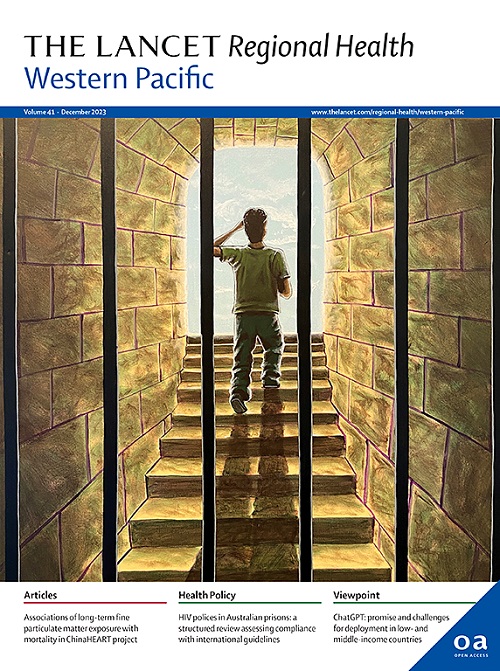MRI-based artificial intelligence models for post-neoadjuvant surgery personalization in breast cancer: a narrative review of evidence from Western Pacific
IF 8.1
1区 医学
Q1 HEALTH CARE SCIENCES & SERVICES
引用次数: 0
Abstract
Breast magnetic resonance imaging (MRI) is the most sensitive imaging method for diagnosing breast cancer and assessing treatment response. Artificial intelligence (AI) and radiomics offer new opportunities to identify patterns in imaging data, supporting personalized post-neoadjuvant surgical decisions. This paper reviewed breast MRI-based AI models for predicting outcomes after neoadjuvant therapy, with a focus on evidence from the Western Pacific region, to evaluate the quality of existing models, discuss their inherent limitations, and outline potential future directions. A literature search in MEDLINE, EMBASE, and Web of Science identified 51 relevant studies in the region, with the majority conducted in China, followed by South Korea and Japan. Most studies focused on predicting pathologic complete response (pCR), with a median sample size of 152 and largely retrospective single-center designs. Model performance was commonly assessed using validation sets, with pooled sensitivity and specificity for pCR prediction showing promising results. Models incorporating multitemporal MRI features were associated with improved accuracy. While MRI-based AI models show potential for guiding surgical planning, improved methodological quality and algorithmic explainability are needed to facilitate clinical translation.
基于mri的人工智能模型用于乳腺癌新辅助手术后个性化:西太平洋证据的叙述性回顾
乳房磁共振成像(MRI)是诊断乳腺癌和评估治疗反应最灵敏的成像方法。人工智能(AI)和放射组学为识别成像数据模式提供了新的机会,支持个性化的新辅助后手术决策。本文回顾了用于预测新辅助治疗后预后的基于乳腺mri的人工智能模型,重点关注来自西太平洋地区的证据,以评估现有模型的质量,讨论其固有局限性,并概述潜在的未来方向。在MEDLINE、EMBASE和Web of Science中进行的文献检索确定了该地区的51项相关研究,其中大多数在中国进行,其次是韩国和日本。大多数研究集中于预测病理完全缓解(pCR),中位样本量为152,主要采用回顾性单中心设计。通常使用验证集评估模型性能,聚合pCR预测的敏感性和特异性显示出有希望的结果。纳入多颞叶MRI特征的模型具有更高的准确性。虽然基于核磁共振成像的人工智能模型显示出指导手术计划的潜力,但需要提高方法质量和算法的可解释性来促进临床翻译。
本文章由计算机程序翻译,如有差异,请以英文原文为准。
求助全文
约1分钟内获得全文
求助全文
来源期刊

The Lancet Regional Health: Western Pacific
Medicine-Pediatrics, Perinatology and Child Health
CiteScore
8.80
自引率
2.80%
发文量
305
审稿时长
11 weeks
期刊介绍:
The Lancet Regional Health – Western Pacific, a gold open access journal, is an integral part of The Lancet's global initiative advocating for healthcare quality and access worldwide. It aims to advance clinical practice and health policy in the Western Pacific region, contributing to enhanced health outcomes. The journal publishes high-quality original research shedding light on clinical practice and health policy in the region. It also includes reviews, commentaries, and opinion pieces covering diverse regional health topics, such as infectious diseases, non-communicable diseases, child and adolescent health, maternal and reproductive health, aging health, mental health, the health workforce and systems, and health policy.
 求助内容:
求助内容: 应助结果提醒方式:
应助结果提醒方式:


